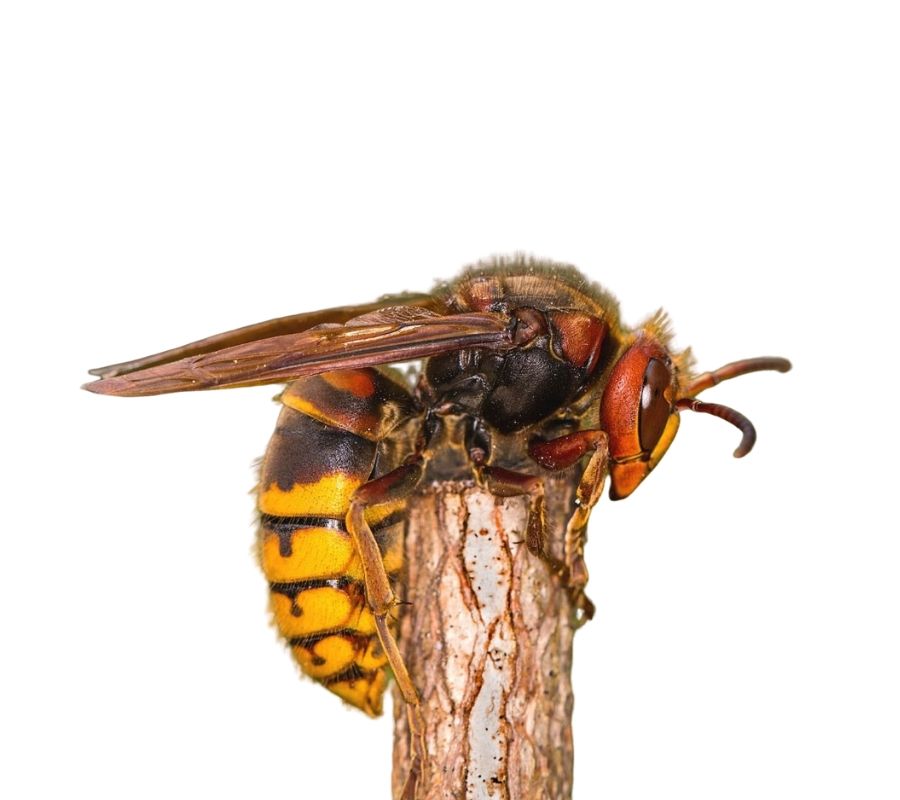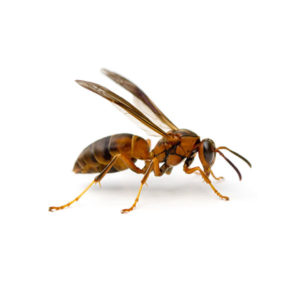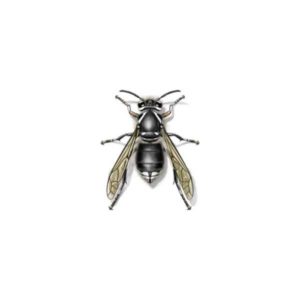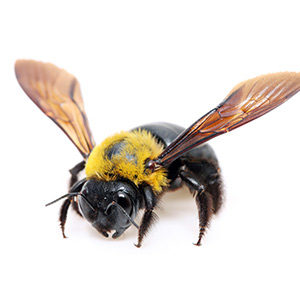Description
| Size | ½ to 1.4” |
| Characteristics | Large in size; brownish with dull orange stripes and pale face. |
| Legs | 6 |
| Antennae | Yes |
| Habitat | Usually nests in hollowed-out areas such as trees, barns, wall voids, and attics. May even take over abandoned beehives. |
| Habits |
|
| European Hornets in the Pacific North West | Though European hornets are a common pest throughout the Pacific Northwest, they originated in Europe and were brought to the eastern side of the United States in the mid-1800s. Now, these hornets are found thriving across 30 different states. European hornets are much larger than most stinging insects, and they are more active in the evening. At night, adults may be drawn to porch lights and other bright fixtures, which may signal that there is an infestation nearby. |
| European Hornet Habitat | European hornets typically prefer to build nests 6 feet or higher off the ground, which makes eaves or siding the perfect location for these pests. The nests are typically grey in color with a papery texture, and they are often football-shaped when complete. European hornets are social wasps that often nest with between 200 and 400 other workers, and they are most active in the evenings of late summer months. Though these hornets are not usually aggressive, they may bite or sting if they sense a threat to themselves or their nest. |
| European Hornet Behavior, Threats, and Dangers | Despite their large size and frightening appearance, European hornets are generally not aggressive unless they feel threatened. However, these hornets can sting multiple times in a row, which can cause a lot of pain and even lead to dangerous allergic reactions in some people. European hornets prefer to build nests in protected areas high above the ground, which makes man-made structures such as barns or attics the perfect location for these pests. If you suspect European hornets are building a nest on or near your property, it is best to call a professional wasp exterminator for a safe and efficient removal. |




